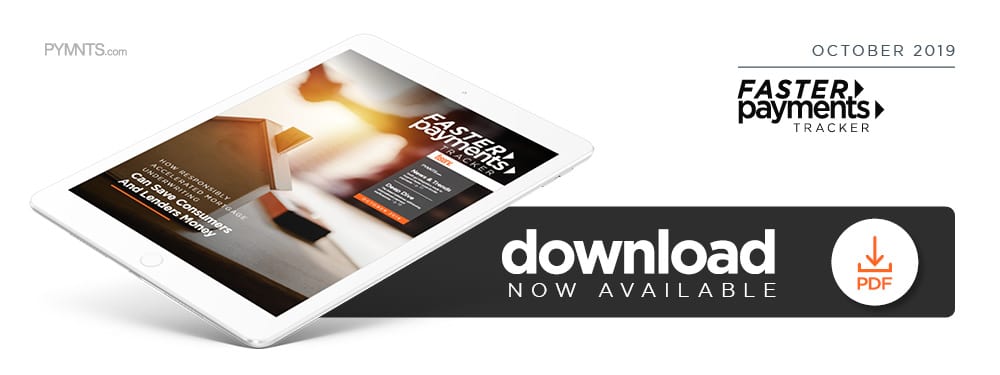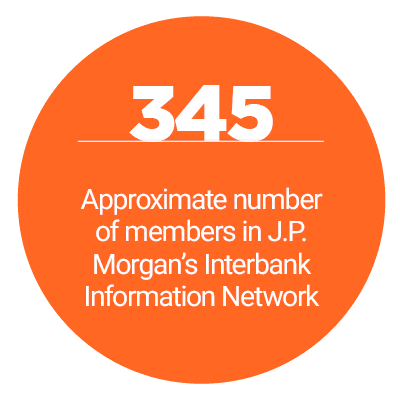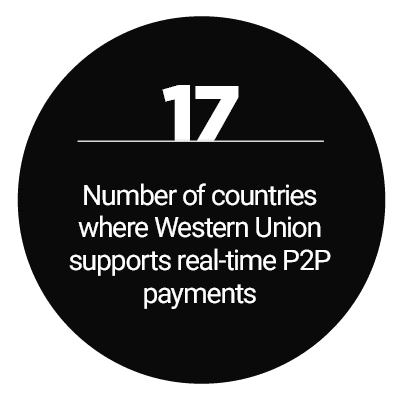Trending: Data Aggregation Makes Home Mortgages Cheaper

 Many major companies rely on international trade and global supply chains. Keeping these trade flows operating smoothly requires quick, reliable delivery of payments. Consumers similarly demand convenient, rapid money transfer services — especially the many workers who regularly send money overseas to their families. Payment providers seeking to stay competitive are actively exploring new ways to bring about that sought-after payments speed.
Many major companies rely on international trade and global supply chains. Keeping these trade flows operating smoothly requires quick, reliable delivery of payments. Consumers similarly demand convenient, rapid money transfer services — especially the many workers who regularly send money overseas to their families. Payment providers seeking to stay competitive are actively exploring new ways to bring about that sought-after payments speed.
The October Faster Payments Tracker examines how payment service providers are working to offer ever-faster international payments and the rapid domestic payments that accompany them.
Around the Faster Payments Wor ld
ld
Executives from the Australia and New Zealand banking group are looking with interest at the prospect of real-time international payments. Getting to that point will require Australia to be able to handle the domestic leg of the instant payment journey, however. The executives said greater adoption of the national New Payments Platform (NPP) will be needed, and financial institutions (FIs) must step up to help make this happen.
The U.S. is also exploring how it can reach faster payments ubiquity. The Federal Reserve announced plans to release its own real-time system, but not until 2024. Even companies seeking to adopt the already available Real Time Payments (RTP) rail offered by The Clearing House are not always able to take advantage quickly, however. A recent study found that more than half of respondents expect their companies to need at least a year to implement real-time payments.
The Dutch are reporting more optimistic news about the uptake of the country’s faster payments rail. The Dutch SEPA Instant Payments system launched in April and reportedly handled a full 1.3 million instant transactions d uring one high volume day in August.
uring one high volume day in August.
Find more on these and the rest of the latest headlines in the Tracker.
Speeding Mortgage Underwriting to Ease Home Buying Blues
Consumers often find the prospect of financing a new home purchase to be overwhelming. The underwriting process can seem confusing and complicated unless would-be home buyers are provided with robust supports. Customers’ confusion can also lead to longer loan underwriting timelines, in turn leading to less favorable interest rates, according to Eric Bloomquist, chief product officer of loan-focused personal finance tool FinLocker, and Jamie Rhodes, product owner.
In this month’s Feature Story, Bloomquist and Rhodes explain the obstacles slowing down mortgage underwriting and how customer education resources as well as data storage, aggregation and validation tools can help both lenders and borrowers save time and money.
Read the full story in the Tracker.
Deep Dive: Emerging Responses to B2B and P2 P Cross-Border Payments Pains
P Cross-Border Payments Pains
Cross-border payments can often be more complicated than those made domestically, with business-to-business (B2B) transactions frequently moving through multiple banks and gathering fees and delays along the journey. Person-to-person (P2P) transactions are not free of friction either: consumers are often troubled by high remittance fees, for instance.
This month’s Deep Dive explains how new solutions are working to alleviate international B2B and P2P payment pains.
Download the Tracker to get the scoop.
About the Tracker
The PYMNTS Faster Payments Tracker™, powered by Fiserv, is your go-to resource for staying up to date on faster payments developments and initiatives on a month-by-month basis. The Tracker highlights the contribution of different stakeholders, including institutions and technology providers coming together to make this happen.
